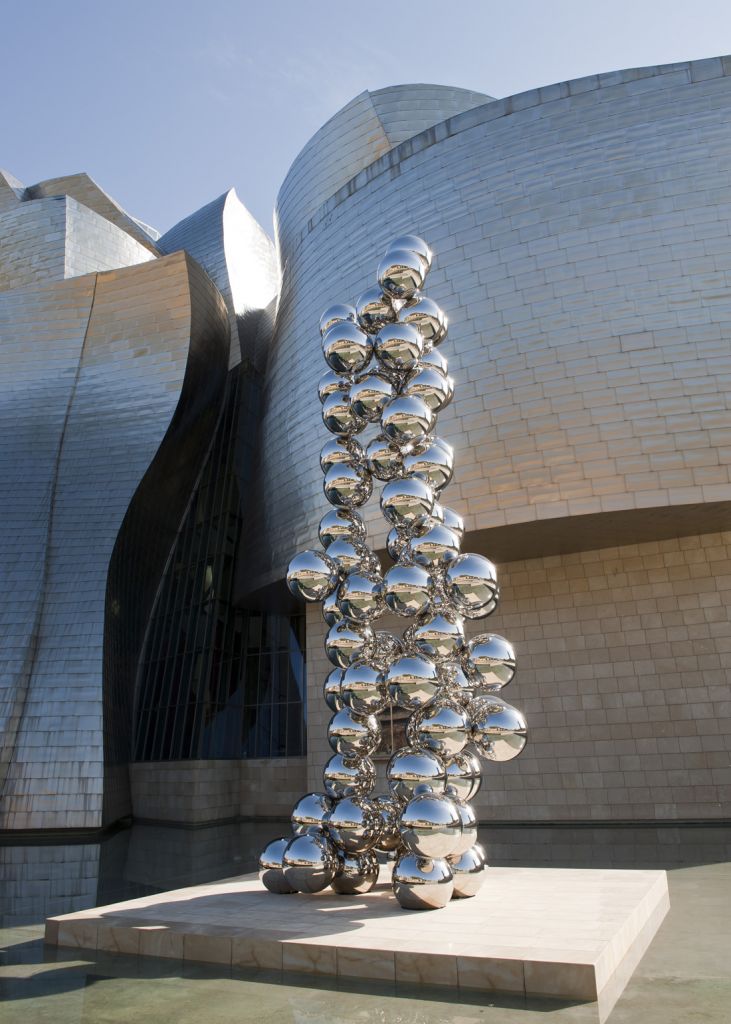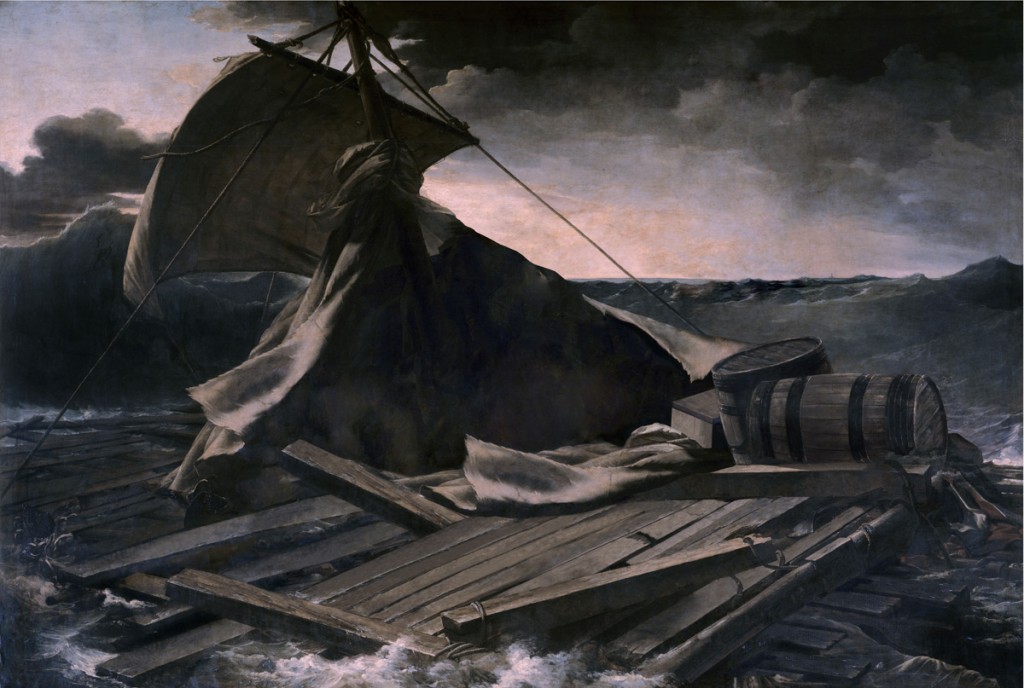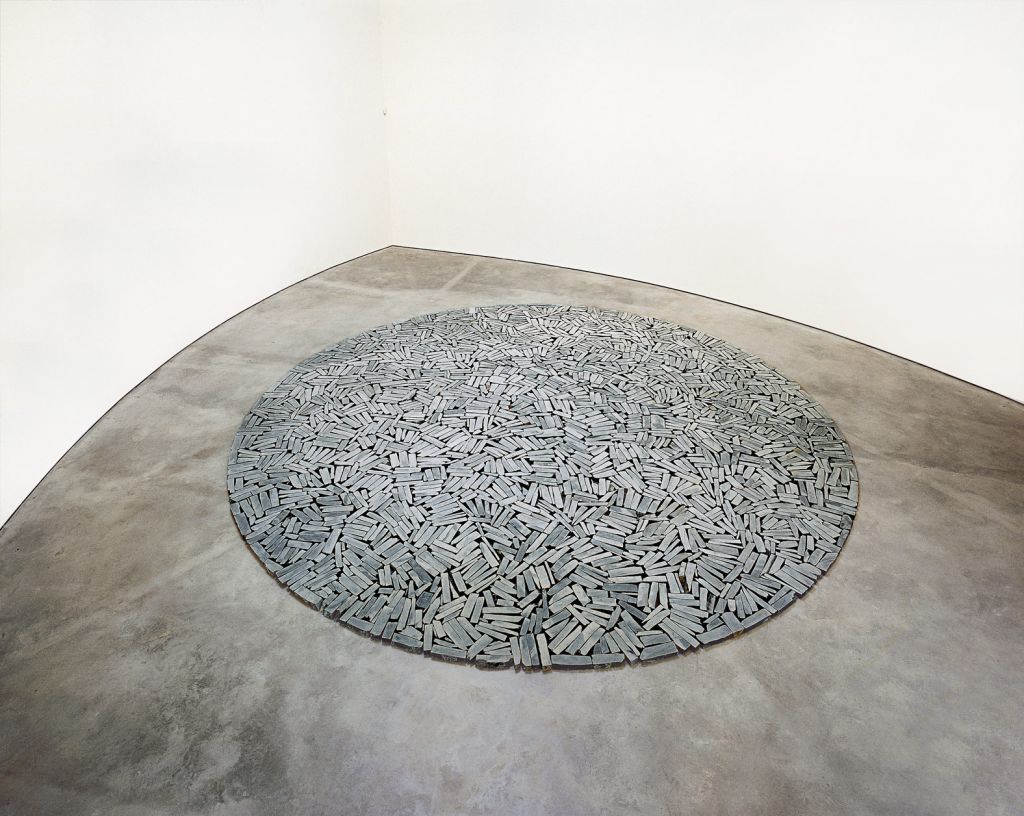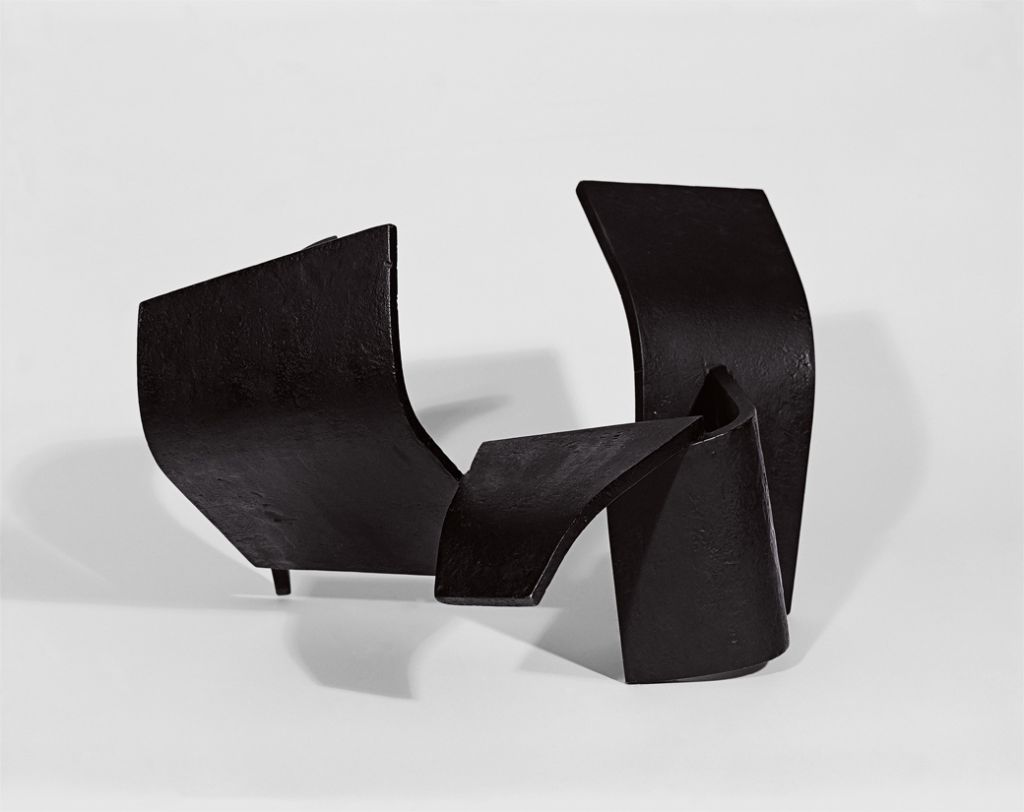Ambrosia
1989Mixed media on canvas250 x 601 cm
In the years after World War II, both Europe and the United States saw the rise of predominantly abstract painting concerned with materials and the expressive, gestural marking of the canvas. In the United States this development was dubbed Abstract Expressionism, while the pan-European phenomenon was named Art Informel (literally, "unformed art"). The Spanish painter Antoni Tàpies was identified with a variety of the latter called Tachisme—from the French word tache, meaning a stain or blot—for the rich textures and pooled colors that seemed to have occurred almost accidentally on his canvases.
In his "matter paintings," begun in the mid-1950s, Tàpies reevaluated humble natural materials, such as sand and straw, and the refuse of humanity: string, bits of fabric, and so on. By calling attention to seemingly inconsequential matter, he suggested that beauty could be found in unlikely places. Tàpies saw his works as objects of meditation that each viewer would interpret according to personal experience. "What I do attempt," he stated, "is to create images that will cause the observer to look upon reality in a more contemplative way." While Ambrosia dates from later in Tàpies's career, it belongs to a period when the artist returned to many of his earlier ways of working and reflects processes and themes that have remained constant throughout his oeuvre. Like many of his matter paintings, this immense work resembles a wall that has been marred by human intervention and the passage of time: the rough, cracking gray and white surface—made of ground white marble dust mixed with pigment, which the artist further modified both by adding paint and by scraping away at the surface—suggests concrete that has been scrawled with graffiti. The title, which appears in the painting itself, refers to the legendary nectar of the Greek gods that was said to make whoever ate it immortal. Tàpies has frequently expressed an ambition for his art to hold such spiritual and salutary power; the allusion may also reflect his belief in the transformative power of the most humble, quotidian things.
Original title
Ambrosia
Date
1989
Medium/Materials
Mixed media on canvas
Dimensions
250 x 601 cm
Credit line
Guggenheim Bilbao Museoa






